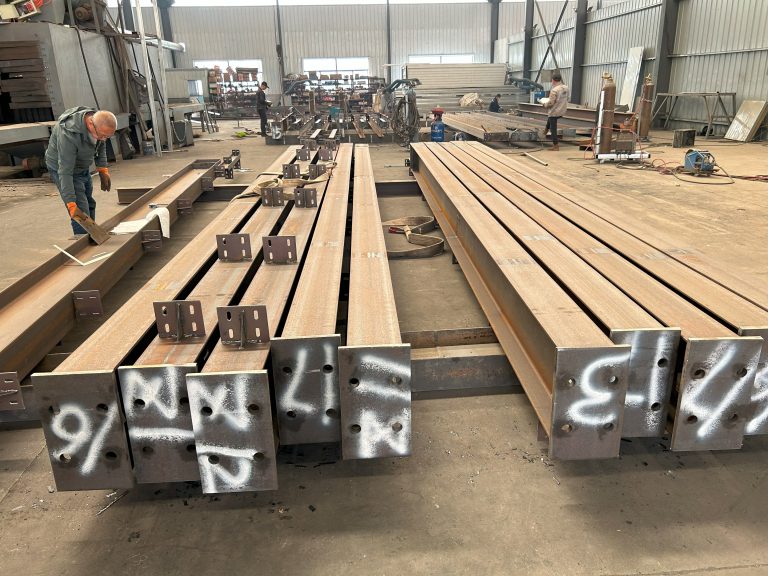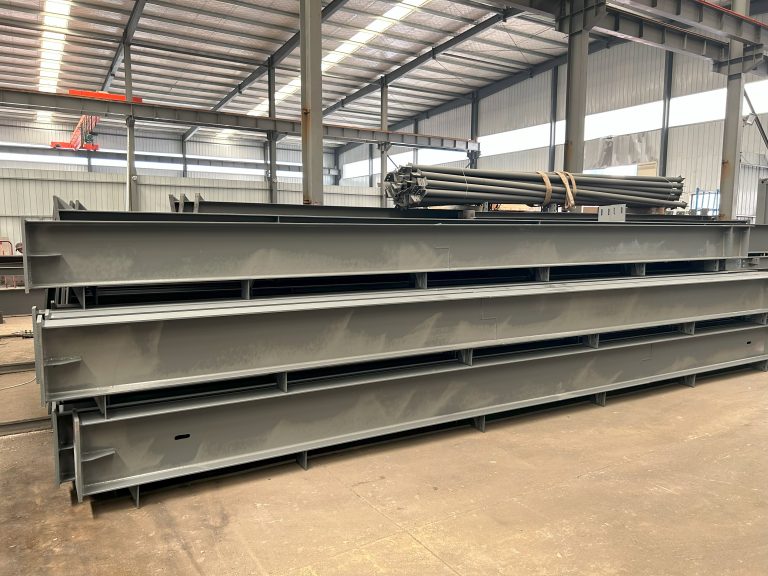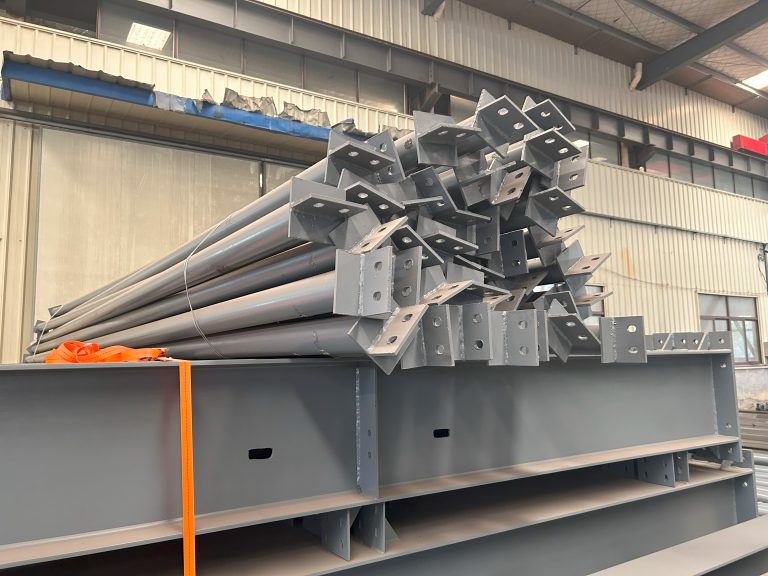Research on intelligent energy-saving materials and system innovation of steel structure building
Table of Contents
Benefits of Intelligent Energy-Saving Materials in Steel Structure Buildings
In recent years, there has been a growing emphasis on sustainability and energy efficiency in the construction industry. As a result, researchers and engineers have been exploring innovative ways to reduce energy consumption in buildings. One area of focus has been the development of intelligent energy-saving materials and systems for steel structure buildings.
Intelligent energy-saving materials are designed to optimize energy usage within a building by responding to external factors such as temperature, humidity, and occupancy. These materials can help reduce energy consumption and lower utility costs, making them an attractive option for building owners and developers.
One of the key benefits of intelligent energy-saving materials in steel structure buildings is their ability to adapt to changing environmental conditions. For example, smart windows can automatically adjust their tint based on the amount of sunlight entering a room, reducing the need for artificial lighting and air conditioning. Similarly, smart insulation materials can regulate heat flow in a building, keeping it warm in the winter and cool in the summer.
Another advantage of intelligent energy-saving materials is their ability to improve indoor air quality. By monitoring and controlling humidity levels, these materials can prevent the growth of mold and mildew, which can be harmful to occupants’ health. Additionally, some intelligent materials are designed to filter out pollutants and allergens, creating a healthier and more comfortable living environment.
In addition to their energy-saving and health benefits, intelligent materials can also enhance the overall performance of a steel structure building. For example, smart sensors can detect structural weaknesses and alert building owners to potential maintenance issues before they become serious problems. This proactive approach to building maintenance can help extend the lifespan of a structure and reduce the risk of costly repairs.
Furthermore, intelligent energy-saving materials can contribute to a building’s sustainability goals. By reducing energy consumption and improving indoor air quality, these materials can help lower a building’s carbon footprint and contribute to a healthier planet. This is particularly important as the construction industry continues to grow and consume a significant amount of resources.

In conclusion, the research on intelligent energy-saving materials and system innovation for steel structure buildings holds great promise for the future of sustainable construction. By incorporating these materials into building design, developers can create more energy-efficient, comfortable, and environmentally friendly spaces for occupants. As technology continues to advance, we can expect to see even more innovative solutions that will further improve the performance and sustainability of steel structure buildings.
Innovations in System Design for Energy Efficiency in Steel Structure Buildings
In recent years, there has been a growing emphasis on sustainability and energy efficiency in the construction industry. As a result, researchers and engineers have been exploring innovative ways to improve the energy performance of buildings. One area of focus has been on the development of intelligent energy-saving materials and system innovations for steel structure buildings.
Steel structure buildings are a popular choice for many construction projects due to their strength, durability, and versatility. However, they can also be energy-intensive to heat and cool, leading to higher energy costs and increased carbon emissions. To address this issue, researchers have been working on developing new materials and systems that can help reduce energy consumption and improve the overall efficiency of steel structure buildings.
One key area of research has been on the development of intelligent energy-saving materials. These materials are designed to actively respond to changes in temperature, humidity, and other environmental factors to help regulate the building’s energy usage. For example, researchers have been exploring the use of phase change materials (PCMs) in steel structure buildings. PCMs are materials that can absorb and release large amounts of heat energy as they change from a solid to a liquid state and vice versa. By incorporating PCMs into building materials such as insulation or wall panels, researchers hope to improve the thermal performance of steel structure buildings and reduce the need for traditional heating and cooling systems.
Another area of research has been on the development of innovative system designs for energy efficiency in steel structure buildings. One example of this is the use of smart building automation systems. These systems use sensors and advanced control algorithms to monitor and adjust the building’s energy usage in real-time. By optimizing the operation of heating, cooling, lighting, and other systems, smart building automation systems can help reduce energy waste and improve overall efficiency.
Researchers have also been exploring the use of renewable energy sources in steel structure buildings. Solar panels, wind turbines, and geothermal systems are just a few examples of renewable energy technologies that can be integrated into the design of steel structure buildings to help reduce reliance on traditional fossil fuels and lower carbon emissions.
In addition to these technological innovations, researchers have also been focusing on the development of new design strategies and building practices that can help improve the energy performance of steel structure buildings. For example, passive design techniques such as natural ventilation, daylighting, and shading can help reduce the need for artificial heating and cooling and improve overall comfort for building occupants.
Overall, the research on intelligent energy-saving materials and system innovations for steel structure buildings is an exciting and rapidly evolving field. By incorporating these innovations into the design and construction of steel structure buildings, researchers hope to create more sustainable, energy-efficient, and comfortable buildings for the future. As the construction industry continues to prioritize sustainability and energy efficiency, it is likely that these innovations will play an increasingly important role in shaping the buildings of tomorrow.






